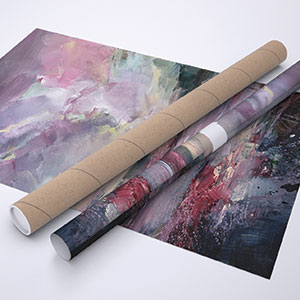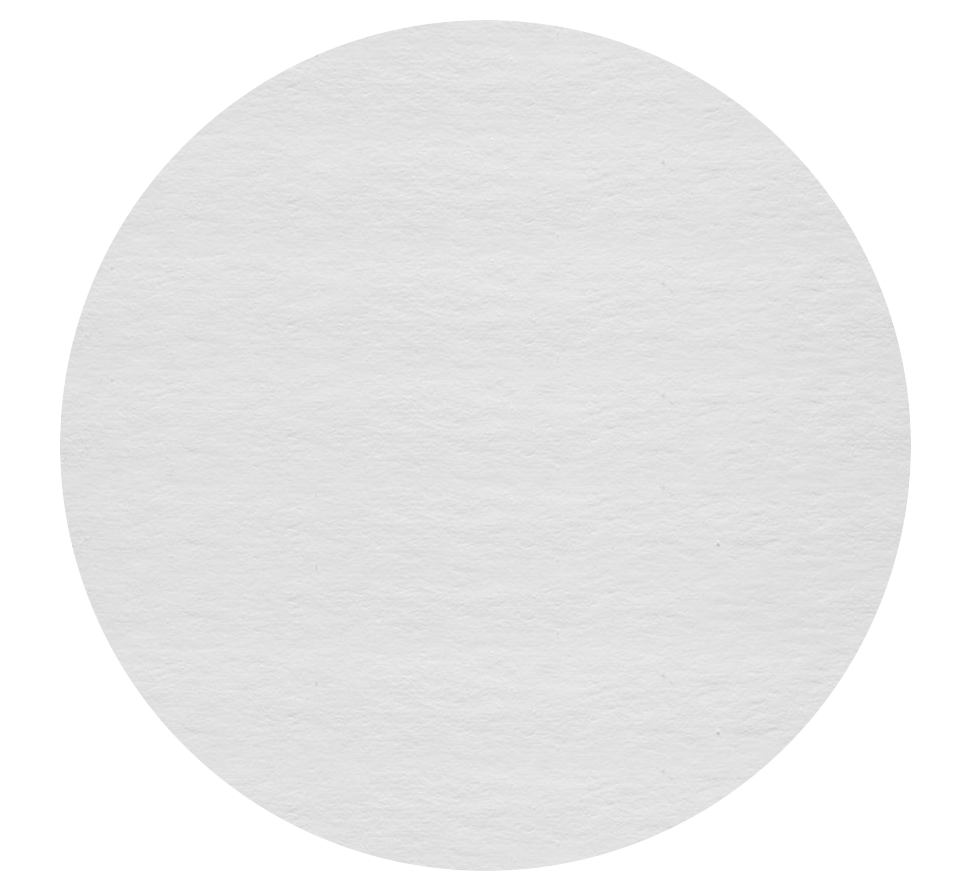"Fine-Arts" prints on paper
It is a process of printing on art paper using very high-quality pigment inks and printed in very high definition. Its level of conservation is exceptional (more than 100 years), its quality, depth, and richness of nuances exceeds the classic photo print on Argentic paper.

Glossy finish
Apart from its exceptional thickness, the fiber paper is composed of an alpha-cellulose base without acid and it is covered with barium sulphate, and a microporous layer absorption enhancing pigments during printing. A pure white color, non-yellowing to light, this paper is especially designed for resistance and aging. It is used by major museums worldwide as it offers excellent resolution, rendering deep and dense colors.
Art Print "Fine Art" - Glossy finish on a fiber base paper 325 g.

Our high end prints and reproductions
ArtMajeur only uses natural papers with neutral pH, resistant, and of high quality, selected from renowned papermakers!
Constant attention is paid by our master printer, whether in terms of color control or respect for the graphic chain. Our high level of quality requirement is a major asset of ArtMajeur framed art prints.
For Artists! You help artists to live from their work. They receive royalties everytime you buy their prints.
About our fine prints-
Original Artwork
Painting,
Oil
- Dimensions Height 34.8in, Width 45.7in
- Framing This artwork is not framed
- Categories Symbolism Landscape
Dans "Au-dessus des montagnes", Roerich capture une vue aérienne majestueuse des montagnes de l'Himalaya. L'œuvre est imprégnée d'une atmosphère de grandeur et de mystère. Les montagnes s'élèvent majestueusement vers le ciel, leurs sommets perdus dans les nuages. La palette de couleurs de Roerich est subtile, avec des tons de bleu, de violet et de gris, créant une ambiance calme et presque irréelle.
Le ciel occupe une place centrale dans l'œuvre, avec des nuages doux et moelleux qui semblent flotter entre les montagnes, évoquant une sensation de paix et d'élévation spirituelle. L'artiste avait un don particulier pour capturer la lumière et l'atmosphère dans ses paysages, ce qui se reflète dans "Au-dessus des montagnes".
Ce tableau est empreint d'une profonde spiritualité, caractéristique du style de Roerich. Ses œuvres étaient souvent associées à des idées de paix, de méditation et de connexion spirituelle avec la nature. "Au-dessus des montagnes" invite le spectateur à une contemplation silencieuse des beautés de la nature et à une réflexion sur la grandeur de l'univers.
Related themes
Nicolas Roerich (1874-1947) was a Russian-born artist, philosopher, archaeologist and humanitarian who made significant contributions to the worlds of art, culture and spirituality.
Born on October 9, 1874 in St. Petersburg, Russia, Roerich came from a family of intellectuals and was exposed to art and culture from an early age . He showed an early talent for painting and pursued studies at the Imperial Academy of Fine Arts in St. Petersburg.
Roerich became famous for his distinct style of symbolism and fascination for the mystical and the spiritual. He painted landscapes, portraits and scenes inspired by his travels in Russia and Asia. His works were often characterized by ethereal landscapes, ancient architecture and mystical symbols.
One of his most important contributions was his participation in a series of expeditions to Asia , notably in Tibet, India and Mongolia, between 1923 and 1930. These expeditions aimed to study and document the culture, art and history of the region. His travels deeply influenced his artistic work and philosophy.
Roerich was not only an artist, but also a philosopher and writer. He has written several books on Asian art, spirituality and cultural heritage. His writings often focused on themes such as peace, unity and the preservation of cultural treasures.
One of his most enduring legacies is the Roerich Pact, also known as the name 'Treaty on the Protection of Artistic and Scientific Institutions and Historic Monuments'. This international treaty, signed in 1935, aimed to protect cultural heritage in times of conflict. He laid the foundations for the protection of art and cultural heritage in times of war.
Roerich's work had a lasting impact on the art world and inspired many artists, particularly in the fields of mysticism and symbolism. His ideas on the unity of art and spirituality also influenced his contemporaries and subsequent generations.
Roerich spent the end of his life in India, where he established his residence and an art institute in the Himalayas. He continued to paint and promote his philosophical ideas until his death on December 13, 1947. His legacy lives on through his art, his writings, and continued efforts to preserve the world's cultural heritage.
-
Nationality:
RUSSIA

- Date of birth : 1874
- Artistic domains: Represented by a Gallery,
- Groups: Russian Contemporary Artists Artists presented by a gallery









